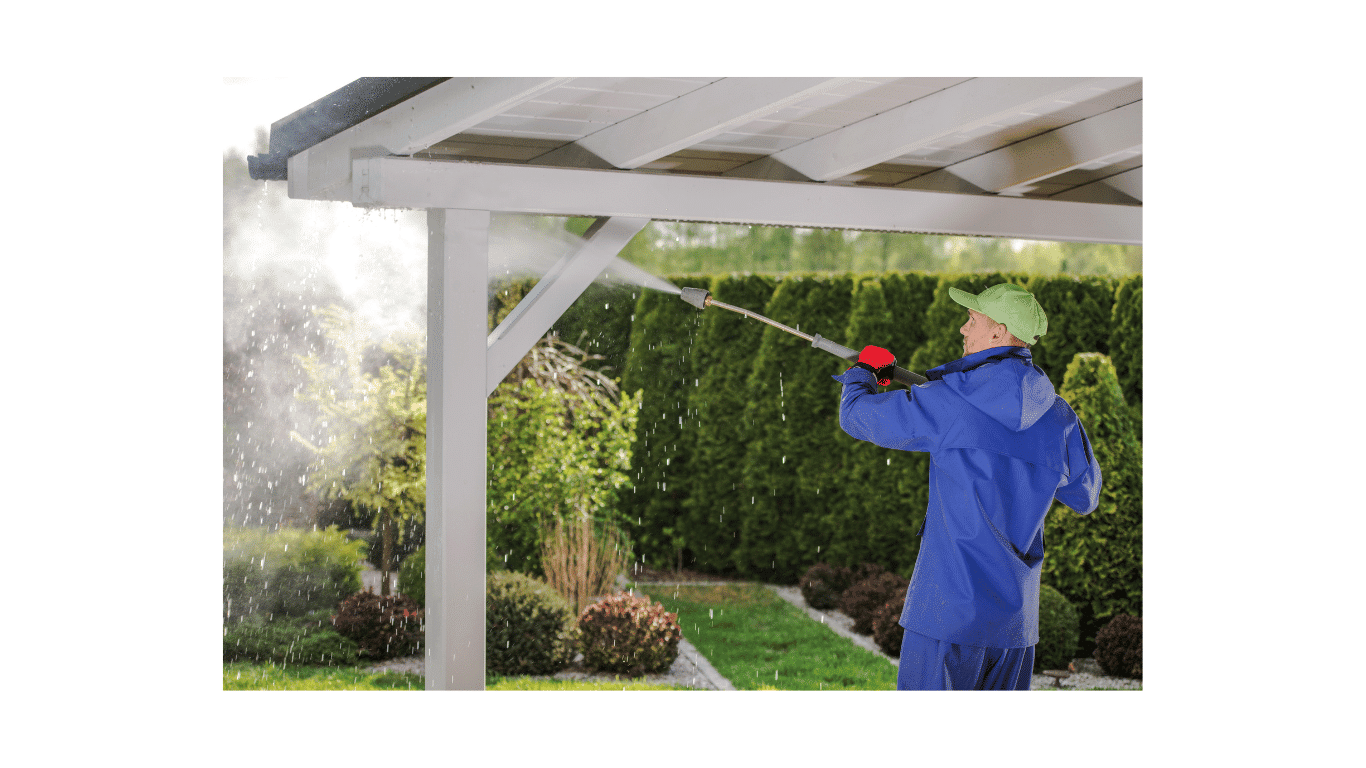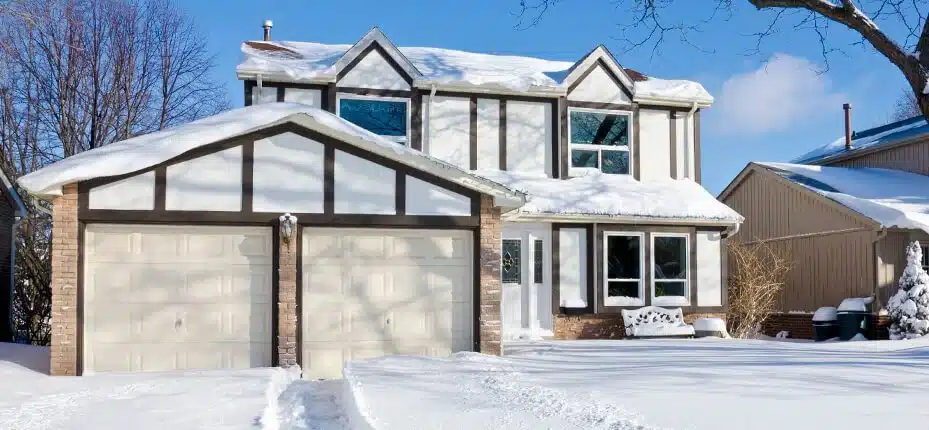7 Factors to Consider When Choosing a Foundation for Your New Home
A durable foundation is essential for a building’s longevity. It requires meticulous attention to detail to prevent moisture infiltration and cracking throughout its lifespan. Beyond structural support, a well-constructed foundation shields against moisture, weather elements, and ground movement, ensuring the stability of the entire edifice over time.
Establishing a sturdy foundation involves more than a simple concrete pour; it demands a tailored approach akin to crafting a bespoke garment. Factors such as structural size, soil composition, water levels, and backfill quality must be carefully considered.
Precision is key: from proper base compaction and accurate formwork assembly to void-free concrete placement. Neglecting any of these crucial elements could jeopardize even the most carefully constructed foundation’s integrity. Here are seven factors to consider when choosing a foundation for your new home.
Type
Various factors, such as location, climate, and soil composition influence the choice of foundation. A specific foundation type is often better suited for your property than others. Given the different materials, construction techniques, and skilled labor required for various foundation types, it’s evident that their costs vary significantly.
Building basements, especially finished ones, tend to be the most expensive due to excavation expenses and additional square footage. Pier foundations also fall into the higher price range, whereas poured monolithic concrete slabs are generally more cost-effective.
Crawlspaces are typically considered mid-range in terms of cost but can become pricier when additional insulation and moisture control measures are incorporated.
Stability and Lot Grade
When dealing with sloped or challenging terrain on your property, consider how it aligns with your construction objectives. In instances of significant slopes, choosing a daylight or walkout basement could be more cost-effective than attempting to level the land.
Conversely, for gently sloping lots, employing stem walls of different heights within a crawlspace can effectively even out the foundation without the need to modify the grade, ensuring stability for your home. Helical piles are also used for foundations on land with no natural grade, as they provide stability and support for the structure. This helical pile guide can help you understand everything you need to know about this foundation option.
Depth
No matter the foundation type you select, excavation will be necessary. In general, deeper excavations result in higher costs. The depth of excavation required is dictated by your specific location and climate conditions to ensure building below the frost line.
The frost line, representing the maximum depth of frozen ground in winter, varies across different regions and is mandated by U.S. building codes to protect plumbing systems.
Slab foundations or crawl spaces may suffice in areas with shallow frost lines with minimal excavation or leveling work.
Conversely, builders typically need to dig at least 2 feet or deeper to reach the frost line in colder regions with more pronounced frost lines. Adding additional excavation to increase square footage may become a more practical choice, albeit entailing extra time and labor costs.
Should you decide on deeper excavation, involve a soil engineer to assess your property’s soil composition and identify potential issues like high water tables or bedrock. High water tables can challenge excavation efforts, while excavating bedrock can introduce significant expenses.
Materials and Transportation
Typical materials used in constructing your home’s foundation include concrete, stone, wood, and brick, with some slabs incorporating steel rebar and other reinforcement components. The pricing of these materials can vary due to market fluctuations driven by supply and demand dynamics.
If local sources do not offer the necessary materials, you may need to consider the expenses associated with ordering and delivering them to your construction site. Engage a builder who is well-versed in current market trends and can provide insights on procurement costs.
Location Accessibility
Where is your site situated? Can it be easily reached by car or truck? Is it near highways or situated off-road? If your property is deemed remote and poses challenges for transportation access, planning how materials will be delivered to the construction site is crucial. Narrow, winding, or non-existent roads may hinder the passage of concrete mixing trucks.
Similarly, precast concrete slabs that necessitate crane installation could present difficulties or even impossibilities. Permanent wood foundations might offer the most feasible transport solution for such remote locations.
Budget
Constructing the foundation for your home can deplete your finances, considering the extensive tasks involved such as soil assessments, design planning, and concrete placement. Allocate ample funds to cover these expenditures to avoid budget constraints halfway through the project.
Before proceeding with your construction project, collaborate with an architect and a construction engineer to establish the estimated budget needed for your building. They will also recommend setting aside funds for unforeseen expenses.
Ongoing Maintenance
All foundation types demand regular upkeep. Wood foundations need periodic retreatment with chemicals and pesticides to preserve their integrity. Crawlspaces should be routinely inspected for termites and other pests. Basements, often the most expensive to repair and maintain, require careful attention to prevent problems before they occur.
Endnote
Embarking on a fulfilling life in your ideal home begins with its foundation. If your dream entails stepping from your basement to your backyard for a serene morning tea on the patio, this additional feature could be a valuable investment.







